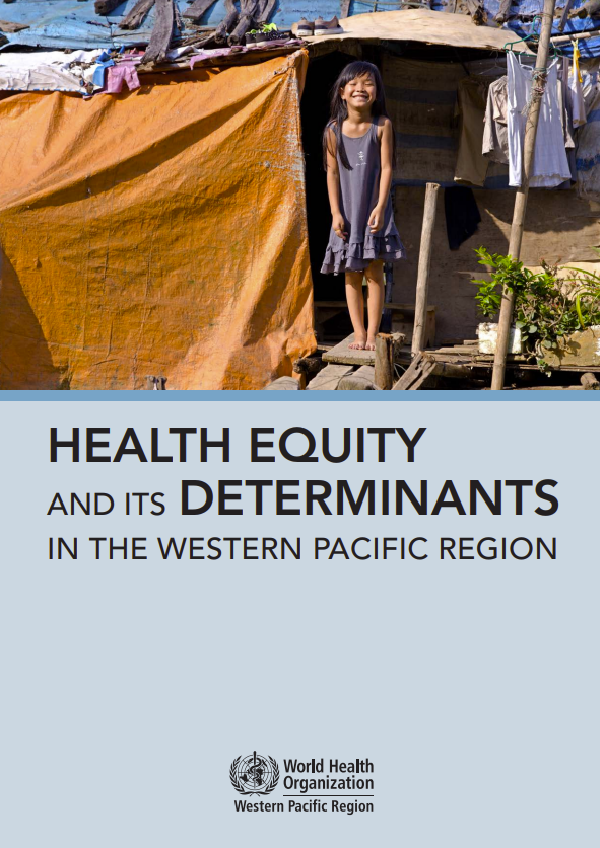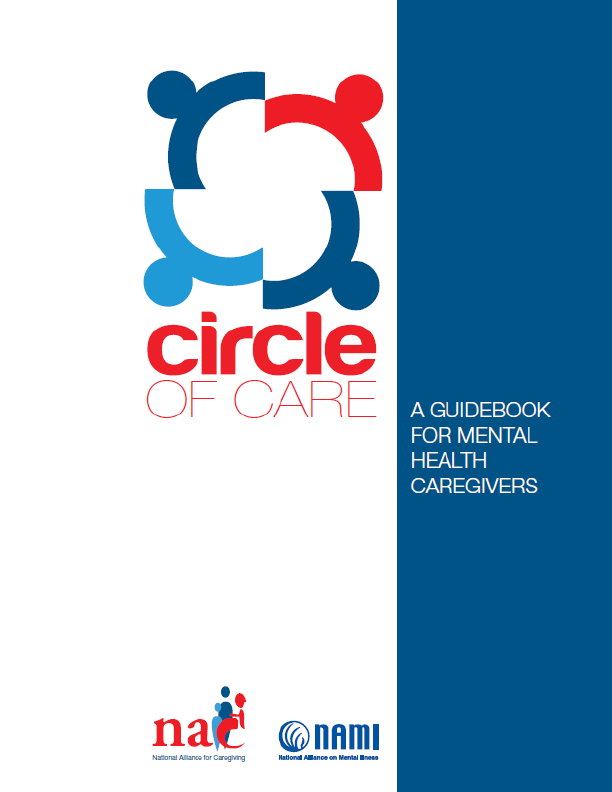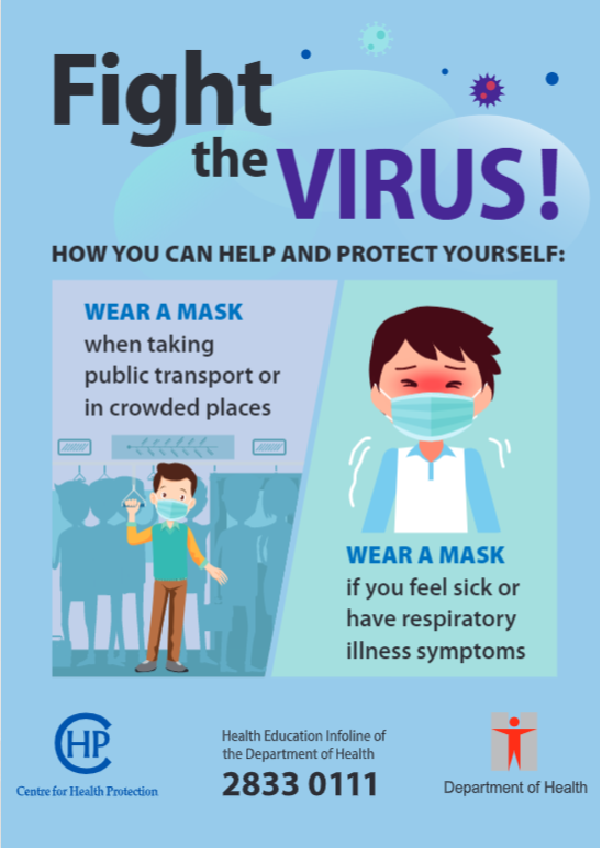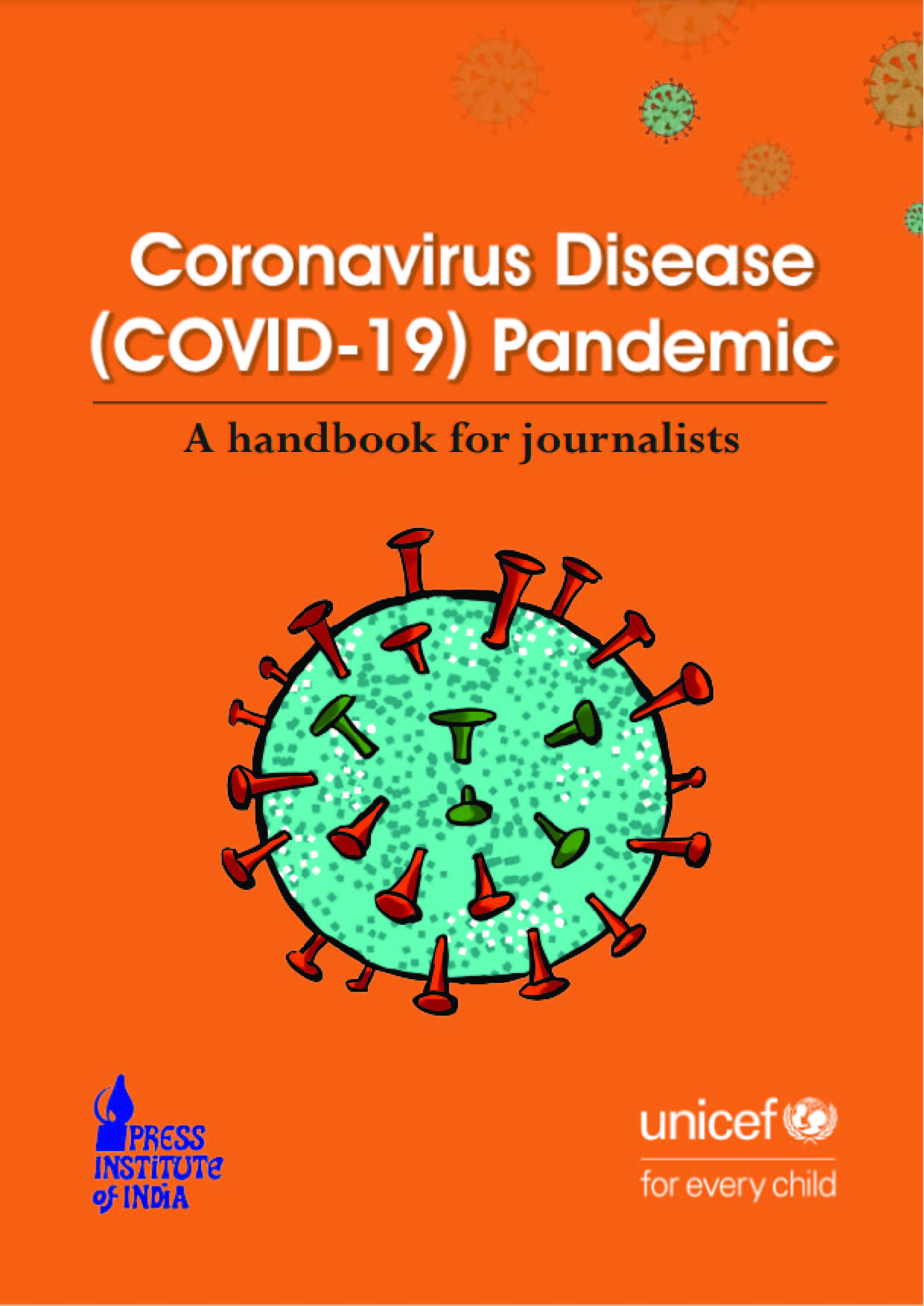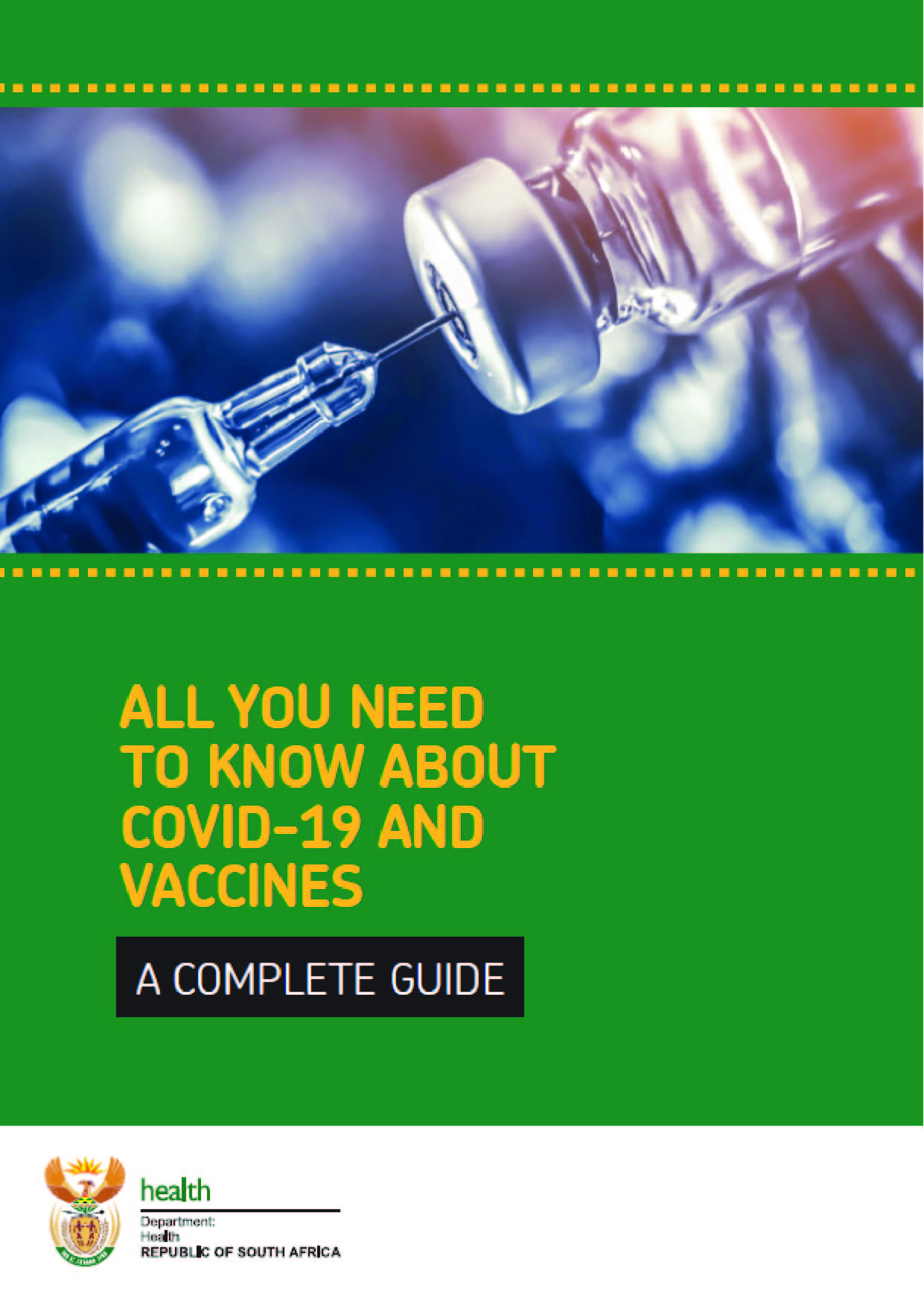This report takes stock of trends in health equity in the Western Pacific Region based on available evidence and data. It covers a range of intersectoral health relevant indicators to examine the existence and magnitude of inequities in health and its determinants. The report details encouraging messages about the state of health equity, along with challenges to progress.
People living in the Western Pacific Region have a wide range of health experiences that tend to be patterned according to demographic, social, economic and geographic characteristics. In some countries, there are positive examples of national improvements in health intervention coverage and health outcomes being coupled with a narrowing of inequities over time, driven by faster improvements among disadvantaged subgroups. However, inequities persist in most countries and across most dimensions of health. Health inequities predominantly burden the poorest and least educated groups, as well as those residing in rural areas. Men tend to have more adverse behavioural and biomedical risk factors and health outcomes overall. However, women in the most disadvantaged groups face particularly acute inequities.
Health inequities in the Western Pacific Region: a snapshot
Large gaps in morbidity and mortality were evident between men and women, with men faring more poorly across all indicators in most countries.
- » HIV incidence is higher among men than women. While substantial progress has been made in reducing HIV incidence overall, progress on addressing gender gaps has been inconsistent.
- » Men are profoundly more likely to die from external causes than women in most countries. Men are up to five times more likely than women to die in road traffic crashes, 10 times more likely to die from unintentional poisoning and suicide, and eight times more likely to die as a result of homicide.
- » Premature mortality attributable to noncommunicable diseases (NCDs) is higher among men than women in all countries. The increased risk is 50% or higher in most countries.
Inequities were evident across a number of reproductive, maternal, neonatal and child health (RMNCH) indicators. Women in the most disadvantaged subgroups (the poorest, the least educated and those in rural areas) and their babies were most vulnerable to adverse outcomes.
- » The proportion of deliveries in health facilities and births attended by skilled health personnel differed up to eightfold between the richest and poorest and up to threefold between those in urban and rural areas.
- » Neonatal mortality differed by at least 85% between the richest and poorest and between those in urban and rural areas. Maternal education was a profound determinant of neonatal mortality in some countries.
- » Children in poor households and whose mothers had no education were least likely to be fully immunized at 1 year of age. While there have been improvements in immunization coverage over time, there is little indication that inequities have decreased.
Behavioural and biomedical risk factor indicators showed different dimensions of inequity.
- » In most countries undernutrition prevalence in children aged under five years was at least twofold higher among children whose mothers had no education compared with children whose mothers had attended higher education and between children living in the poorest households compared with the richest.
- » Men tended to fare more poorly than women for behavioural risk factors (alcohol consumption and tobacco use). Physical activity was an exception, with women less likely to meet guidelines.
- » Raised fasting blood glucose and elevated blood pressure were more common among men than women. However, women tended to be at higher risk for overweight and obesity in the Region’s lower-middle-and upper-middle-income countries; the inverse was evident in high-income countries. Biomedical risk factors were more prevalent in urban areas and were inversely associated with education level in higher-prevalence countries.
Indicators relating to material and social circumstances of communities showed divergent patterns of inequity across the Region.
- » Those in the richest households were up to 60% more likely to have access to at least basic drinking water and up to sixfold more likely to have access to at least basic sanitation.
- » Wide regional variation was evident in patterns of violence and exploitation. Women comprised the majority of trafficking victims (79%), with most trafficked for sexual exploitation. Men were more likely to be trafficked for forced labour.
- » In some countries, close to one third of women have experienced physical violence by an intimate partner and more than 40% have experienced sexual violence. Higher education and household wealth were protective against intimate partner violence in higher-prevalence countries.
- » Social assistance and labour market coverage tends to be higher in rural areas and among the poorest quintile. Social insurance coverage, in contrast, tends to favour those in wealthier quintiles and in urban areas.
- » While there have been marked reductions in the proportion of the population living below the poverty line, progress towards reducing income inequality has been inconsistent across the Region.
Accelerating equity-sensitive monitoring
Despite an increasing focus on improving equity monitoring in global and regional health strategies, impediments to systematic equity-sensitive monitoring persist. To facilitate effective monitoring of progress towards health equity and its determinants, the report recommends the following:
- » Commit to establishing health information systems that are sufficiently powered to undertake multiple stratification analysis.
- » Invest in data collections to monitor the inequitable distribution of health across the lifespan and population, to supplement relatively good data for monitoring RMNCH inequities.
- » Improve administrative health datasets to facilitate equity monitoring and overcome limitations with the statistical power of survey data.
